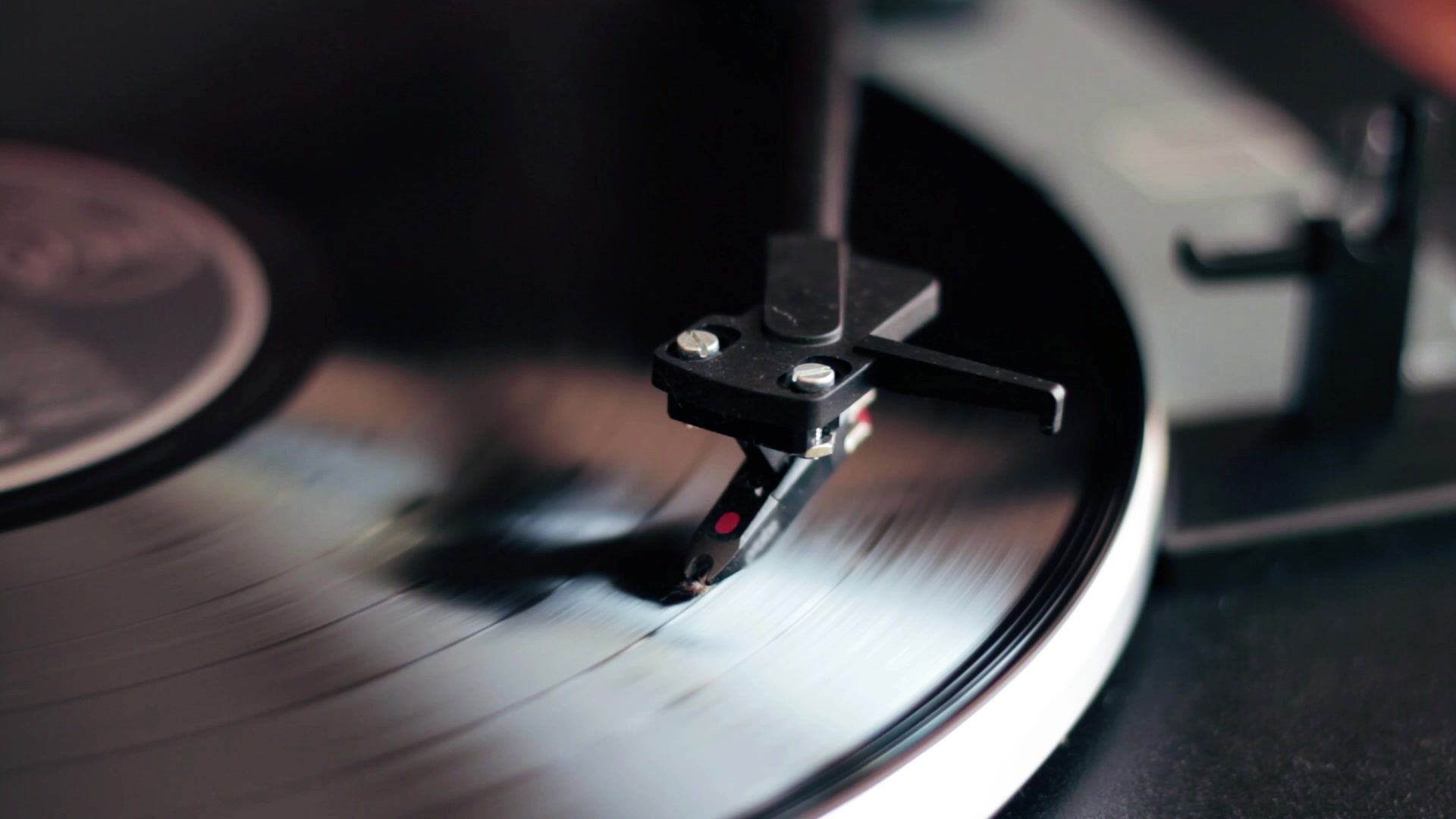Pan-Asian Ensemble
- Gerald Van Waes
- Jun 25, 2016
- 1 min read

Leo Rec. Pan-Asian Ensemble : Mujou (RU/JAP,2007)**'
Some classical Japanese instruments like the koto and the biwa have a strange vulnerable sound quality which often is on the edge of sounding atonal. If used in a composition deliberately this could bring a certain, more aggressive tension of uneasiness. It is an art bringing this back into balance. Western contemporary as well as free music music, which uses atonal tensions for a series of compositions can sound strange and it can become an intellectual tool for creating deliberately a contemporary sound. I think that the Pan-Asian ensemble often in the same way builds up these odd tensions, equally so for each similar instrument so that it feels logical, and new. The sakuhachi solos are often a bit more contemplative but also they can create tensions of uneasiness, sometimes increased by vocal shouts. This seems like a next step after classical Japanese operatic theatre, free music, but also post-Asiatic to some degree. The fundamental group is based in Russia. Two Japanese players (Kakujo Nakagawa & Misako Mimoru) were invited as collaboraters.
























Comments